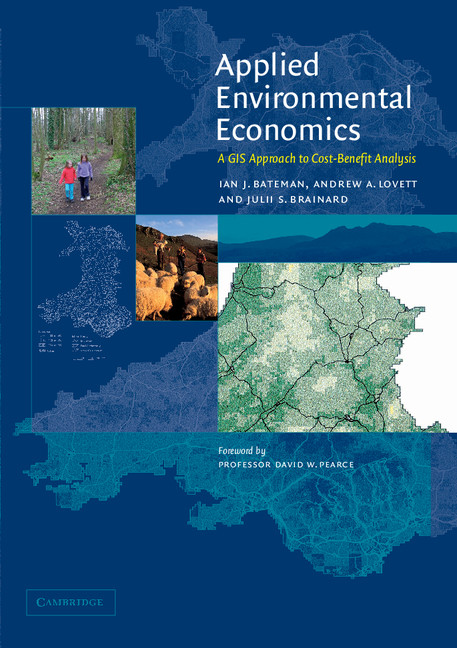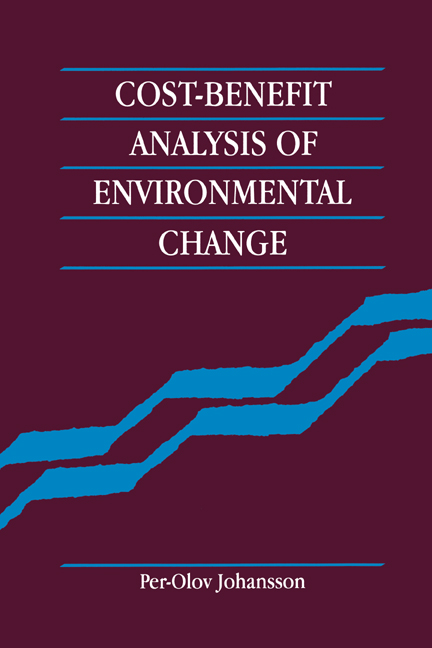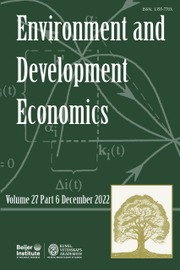Applied Environmental Economics
The complex real-world interactions between the economy and the environment form both the focus of and main barrier to applied research within the field of environmental economics. However, geographical information systems (GIS) allow economists to tackle such complexity head on by directly incorporating diverse datasets into applied research rather than resorting to simplifying and often unrealistic assumptions. This innovative book applies GIS techniques to spatial cost-benefit analysis of a complex and topical land use change problem - the conversion of agricultural land to multipurpose woodland - looking in detail at issues such as opportunity costs, timber yield, recreation, carbon storage, etc., and embracing cost-cutting themes such as the evaluation of environmental preferences and the spatial transfer of benefit functions.
- First full length analysis of the potential of GIS in environmental and resource economics
- Inter-disciplinary appeal - economists, GIS specialists and environmental management
- Technical level accessible to all numerate graduate students with lots of real life examples and strong policy relevance
Reviews & endorsements
'A fine example here of economic valuation being put to an imaginative and unique use by some of the most exciting practitioners of the art of economic valuation.' David W. Pearce, from the Foreword
'Researchers in the field of land use and economic valuation will find this study a source of information and inspiration.' Netherlands Economic Review
'This book succeeds in providing a detailed example of the contribution of GIS techniques to cost-benefit analysis and it describes an application of environmental economic analysis to real-world decision making.' Environment and Planning A
Product details
July 2005Paperback
9780521671583
358 pages
247 × 175 × 28 mm
0.725kg
35 b/w illus. 4 colour illus. 67 tables
Available
Table of Contents
- Foreword David W. Pearce
- 1. Introduction
- 2. Recreation: valuation methods
- 3. Recreation: predicting values
- 4. Recreation: predicting visits
- 5. Timber valuation
- 6. Modelling and mapping timber yield and its value
- 7. Modelling and valuing carbon sequestration in trees, timber products and forest soils
- 8. Modelling opportunity cost: agricultural output values
- 9. Cost benefit analysis using GIS
- 10. Conclusions and future directions.







